The Story of Wakmann Watch Company, an American Brand with Swiss Roots
The story of one of the great unknown watch brands of the 20th century.
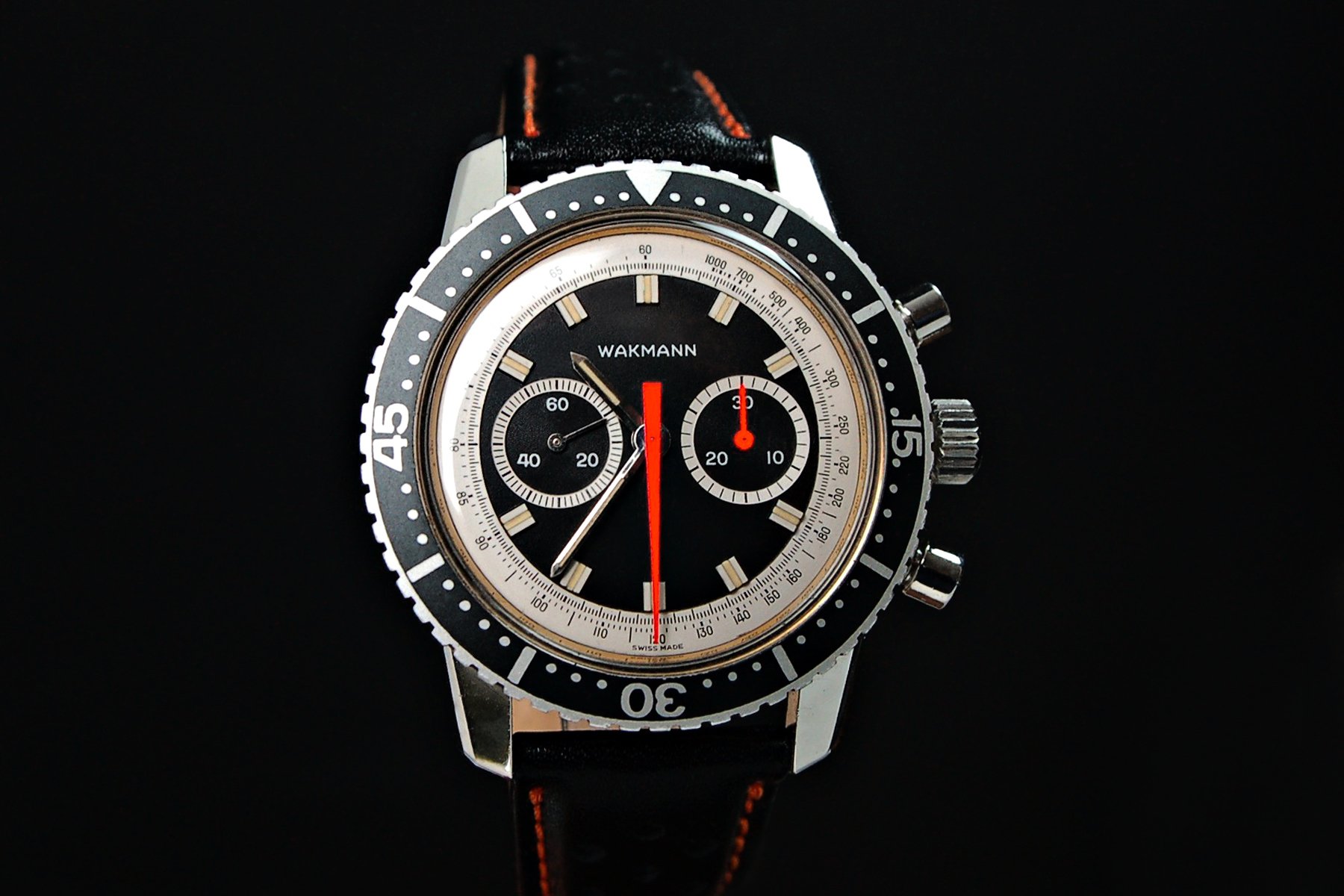
America’s answer to restrictions on Swiss watch imports… This could be the best way to explain what the Wakmann Watch Company really is. The relationship between the large US consumer market and other countries wishing to export products is a complicated one. Wanting to be as modern a society as possible, allowing your citizens a wide choice of products while making sure to protect the “home” producers is a tough balancing act for most countries. This is a story of how a changing world can adversely affect the domestic market of a country while providing an opportunity for businesses looking to enjoy the benefits of such a large market. And in watchmaking, this is the story behind the American brand Wakmann.
The Wakmann Watch Company had been a distributor of luxury watch brands in Portugal in 1943 before the company made its way across the Atlantic to set up offices in New York in 1946. The brand had a clear corporate remit to supply, “high-quality professional timepieces, combining modern design choices, with dependable distribution to delivery quality products, backed by innovation, research and improved technologies“.
Quite a mouthful but Wakmann was essentially an importer and distributor of watches to the US, with its own technical workshops in New York to make sure it could deliver on the orders as well as developing its own watches. Wakmann already manufactured aircraft cockpit clocks that complied with the various US military specification standards and was an official US military supplier to the war effort, with clocks found in aircraft from Douglas, Lockheed and onboard various carriers from KLM to BOAC, American Airlines and United post-war.
In 1947, Wakmann entered into a joint venture with Swiss brand Breitling, importing and ‘co-branding’ its cockpit clocks for both the US military and the US civilian aircraft, as the aviation industry boomed after WWII. The Swiss Watch Import Act amendments during the later part of WWII added US dollar tariffs to the importation of complete watches and complete movements, which was a measure taken to help the US domestic watch manufacturers recover their own market. This created an opportunity for Wakmann to act as a US-based “assembler”, importing incomplete watches or incomplete movements and using its own workshops to finalize the assembly of these timepieces on US soil, thereby avoiding the added tax cost per unit and keeping their distribution competitive.
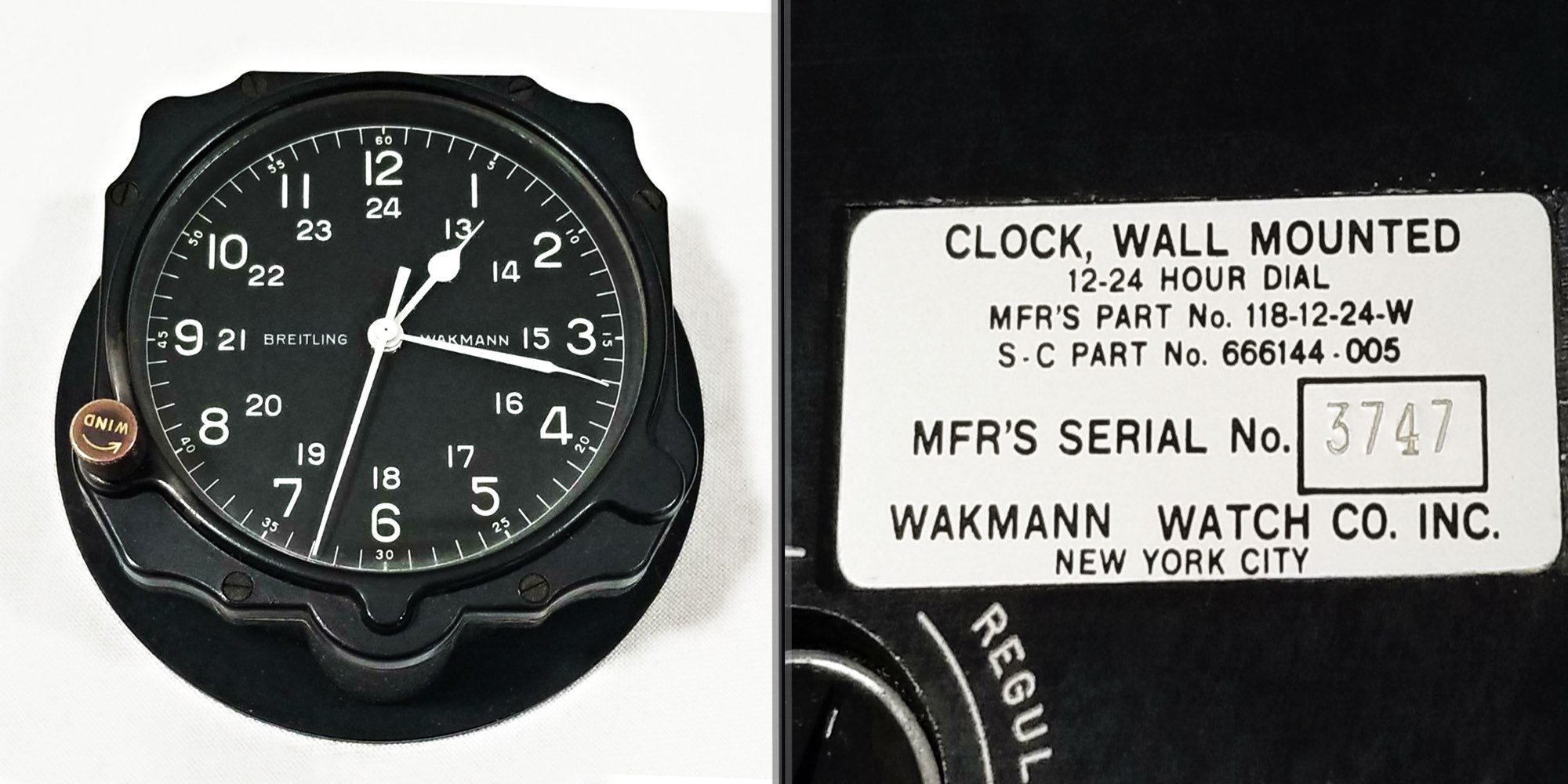
Note
During WWII, much of the US domestic industry deemed “essential” to the war effort had to switch to military production only and to essentially abandon the civilian market. This was true for the watchmaking industry and, by 1942, the US watch market was completely lacking in offerings from domestic manufactures. In 1930, a trade agreement had been signed between Switzerland and the US, which included agreed import quotas of Swiss watch, calibres and movement parts that balanced imports with domestic production. However, the percentage of market share gained by these imports crept up so that by 1941 (the last full year of combined military and civilian production), Swiss imports accounted for just over 60% of the domestic watch market. This would obviously need addressing, hence the Swiss Import Act to protect the American watch industry after the conflict ended.
(The Swiss Import Act has been used before and is an umbrella name for the purposes of this article as it was, in fact, a very lengthy set of amendments to a lengthy trade agreement.)
Wakmann expanded its own production of watches through the late 1940s and 1950s with continuous growth, creating a global brand based in New York. The brand also set up the Wakmann Research Centre with various groups of watchmakers, engineers and designers responsible for design and development, ensuring continuous production of quality watches supplying its clear group of model lines.
One of Wakmann’s lines, produced in partnership with Breitling, was for accurate and high-quality pocket timers, made for recording sporting events, including totalizers for relay swimming. The brand even created timers for the film industry, recording feet per minute for 35mm and 16mm films and other specialist markets.
In addition to that, Wakmann produced chronographs and multi-purpose technical watches for engineers, doctors and professionals needing precise time recording. Wakmann also manufactured aviation watches, supplying watches to the AOPA – Aircraft Owners and Pilots Association – together with Breitling, with the early Navitimer watches. The earliest models of Navitimer (as of 1952), made for the AOPA, might have been first assembled by Wakmann – with AOPA-only dial – before Breitling produced the Navitimer itself as of 1954, with signed dials.
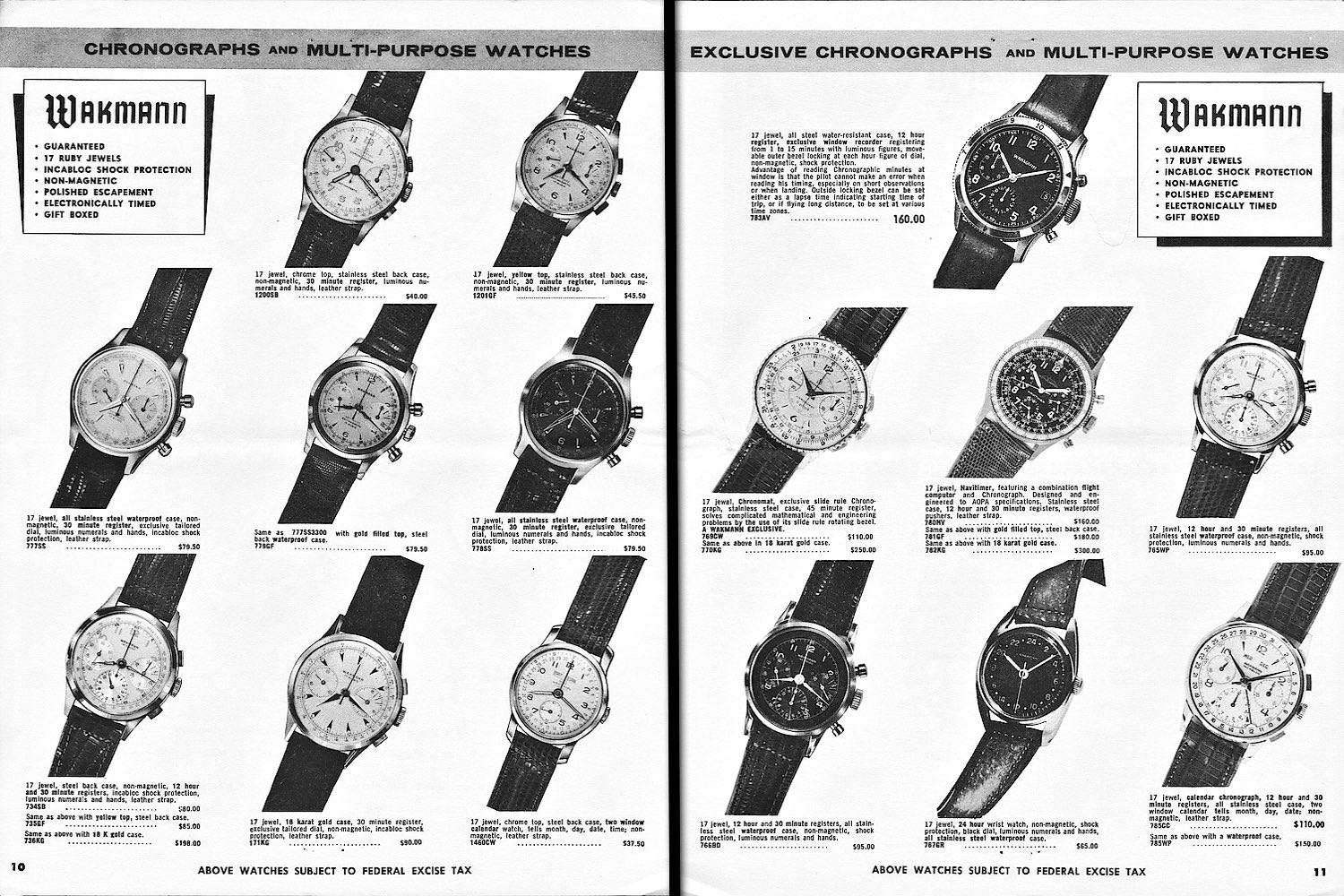
Wakmann also produced triple calendar chronographs through the late 1950s and its 1960s watches proved very popular chronographs, which have now become highly sought-after by collectors because of their nice design and the use of excellent movements. Below is a triple date hand-wound chronograph with date, weekday and month indications and a peripheral pointer date powered by the reliable Valjoux 723, also known as the Valjoux 72C Calendar. This is one of Wakmann’s most famous watches, which has really stood the test of time.
This Triple Calendar Chronograph is a beautiful watch, made of stainless steel – gold-plated models also available. It’s also a fairly large watch, at 39mm in diameter and 14mm in height. The combination of an acrylic domed crystal and the original handset brings this cool 1960s modern look. The case features multiple pushers for setting the date and calendar indications – you can see the day and month wheels on the movement in the image below, actuated by these pushers.
Wakmann also sold watches co-branded with Charles Gigandet, an established Swiss brand, to create a secondary, more accessible line with cases made of chromed base metal, although still using the same styling. Below is a Gigandet/Wakmann Triple Date Chronograph with a chrome-plated case, however, still retaining the same stainless steel caseback as the all-steel versions. Note the ‘Galleon Flagship’ engraved on the caseback, a Wakmann signature on Triple Date watches only.
Collector’s Note – In the past, new-old-stock cases and dials for the Wakmann/Gigandet have been available and some versions of these watches have been mixed together, but they are the correct parts for the correct watches.
Wakmann was not per se a watch manufacturer and didn’t produce its own movements, however, they did have a great eye for design with their branded chronographs. Their choice of colours and styling were very appealing, resulting in very desirable sports watches. Here are a couple of versions of what collectors now call the “Wakmann Big Boy”.
The first model features a chrome-plated case and is powered by a Valjoux 7733. The colours – emergency orange, black and white – have been a recurring theme with these chronographs, although I have seen blue, white and grey models too.
The second version of the Wakmann Big Boy is larger and uses a case that was preferred by Heuer for their Autavia watches and LeCoultre for their mid-1960s sporty offerings. It was also used for a Swedish Airforce Military contract, with exactly the same bezel/case combination. This second watch changes movement, now with a Lemania 1872 movement.
The last of these notable watches from Wakmann is an automatic Regate chronograph from the early 1970s – very colourful and complicated indeed. The inner flange is quite special, with a 15-10-5-0 Regatta Countdown Timer, as well as a tachymeter scale (after the 15-minute mark). The watch also features a full calendar bezel controlled and set by the crown at 11pm, whereas the chronograph has the standard start/stop/reset buttons on the right. This is an automatic Calibre 1341 by Lemania, one of the versions of the Lemania 5100 family, which features an aeroplane hand as a central minute counter. This is a fairly rare type of watch and it does show that even though Wakmann disappeared with the quartz crisis (just like its partner Breitling in the mid-1970s), the brand was still favouring complicated and innovative watches up until the end.
Wakmann, as a business, was fairly comprehensive in its offerings for the US market. From military aircraft clocks to civilian sports timers, distribution of watches for Breitling and a large selection of their own watches, it seems Wakmann was a technical middle-man with a base in the US that allowed them to sell into the US market, bypassing the US tariffs. It may also have been the original “assembler” of the Breitling Navitimer for the first two years of a production contract for the AOPA. What one can say about the brand is that only Heuer and Omega produced so many timing instruments during this time period.
Wakmann was sort of the Swinging 1960s watch brand that is hardly known outside of the chronograph collectors’ world and yet, it was probably right up there with the big boys in terms of sales, all the way from the 1940s to the 1970s. As for the name Wakmann? Well, Icko Wakmann, who started the company and crossed the Atlantic in 1943, retired from his watch ventures in 1979, only to pass away at his Florida home in 1981, leaving a large multi-generational family with his three daughters… Perhaps we can call them the Wakwomenn.




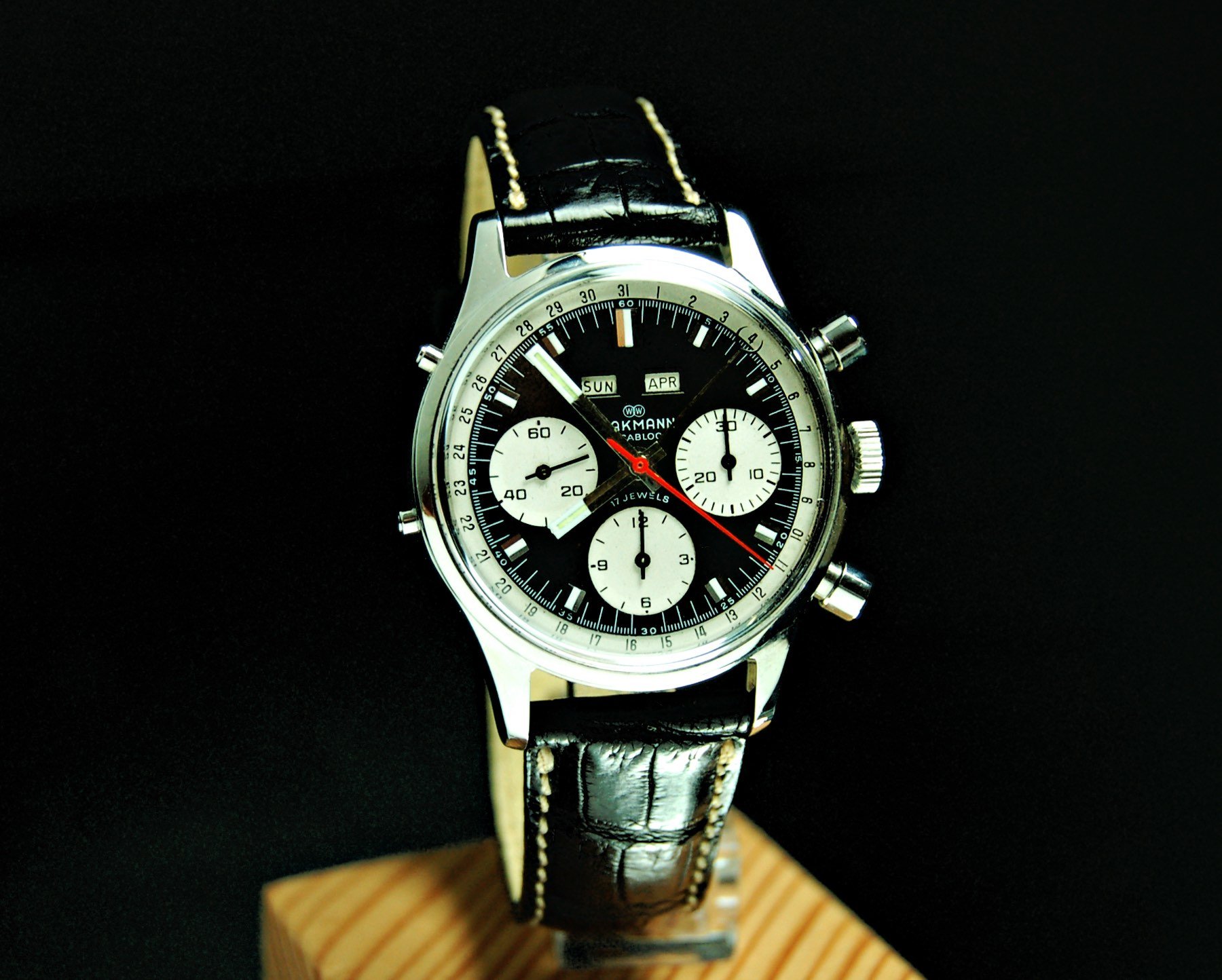
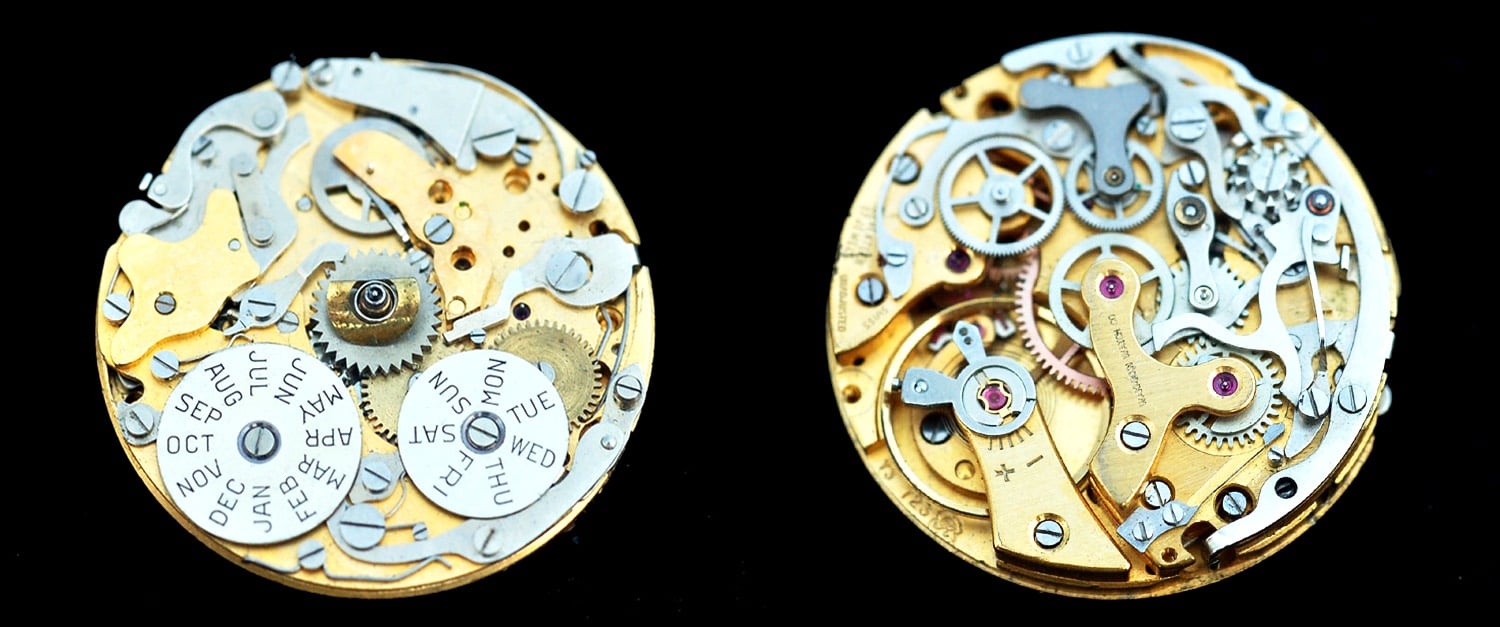
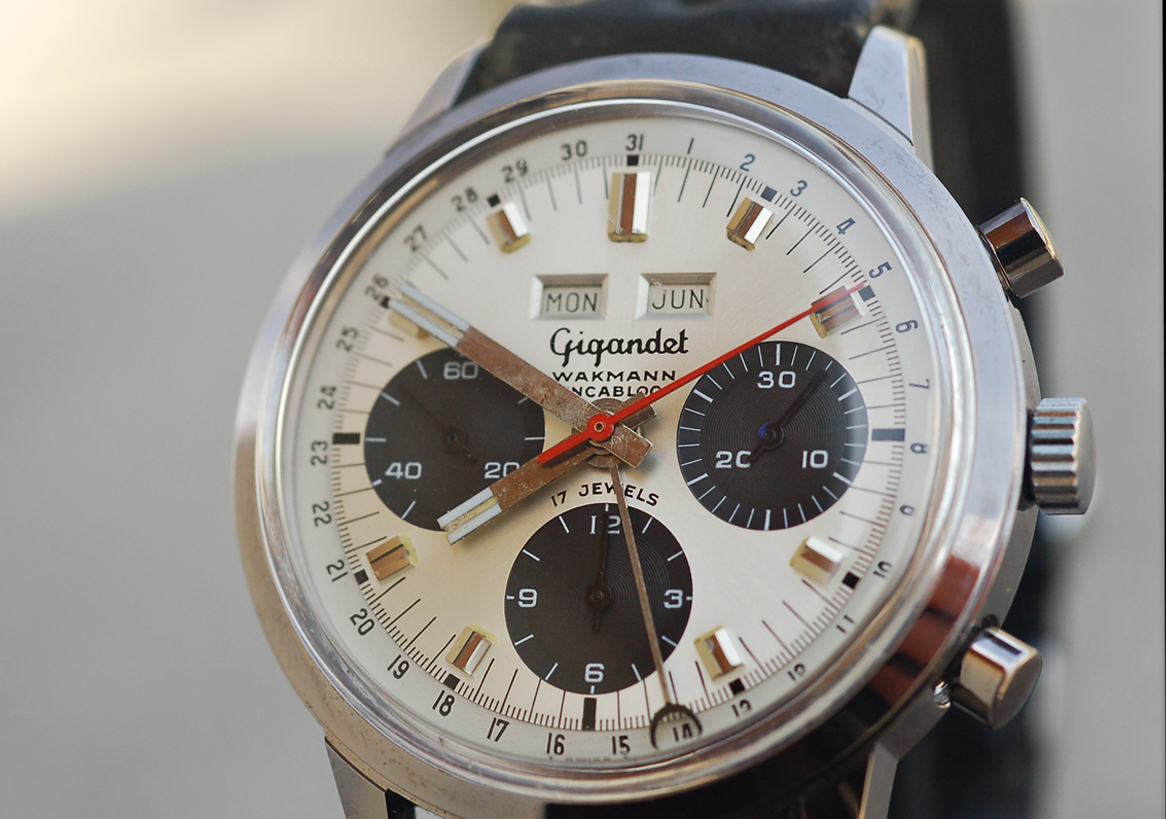
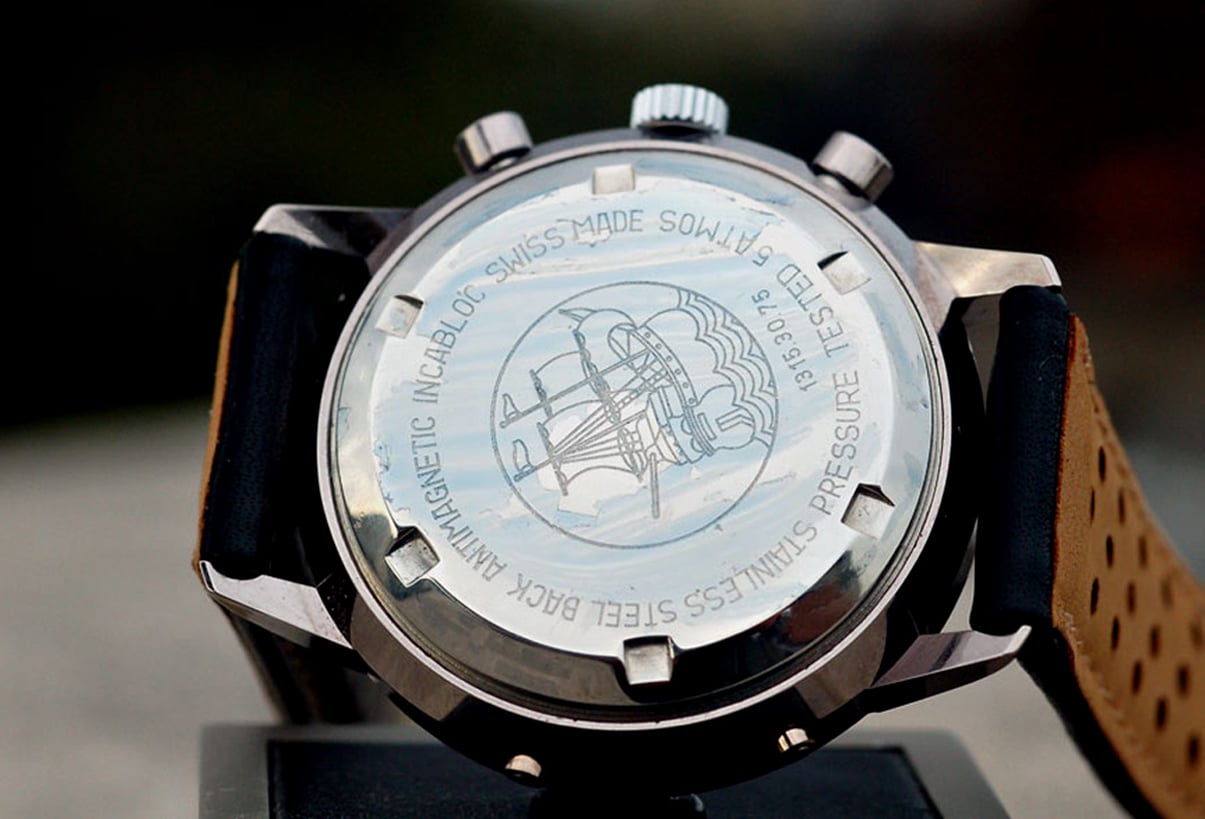
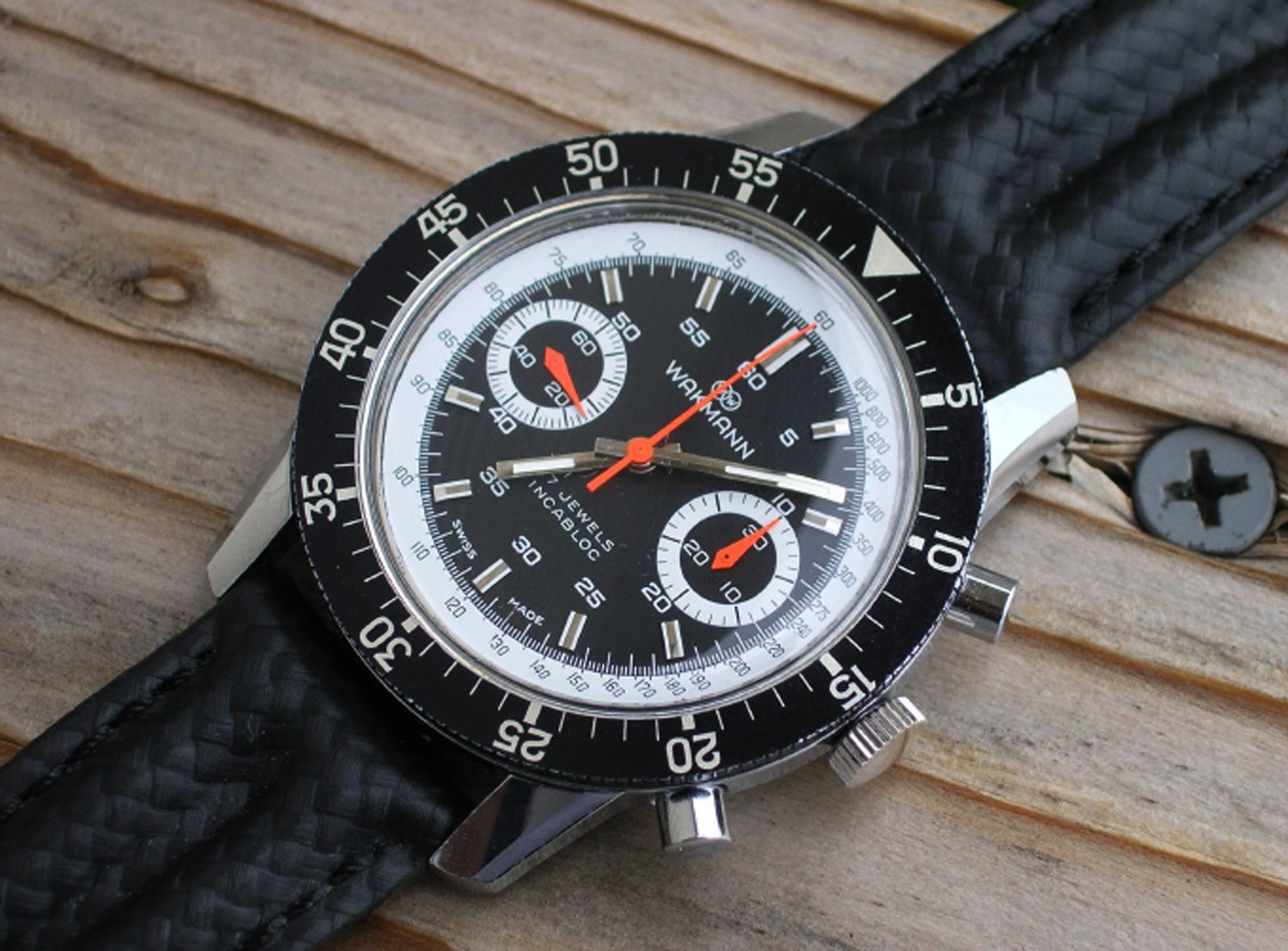

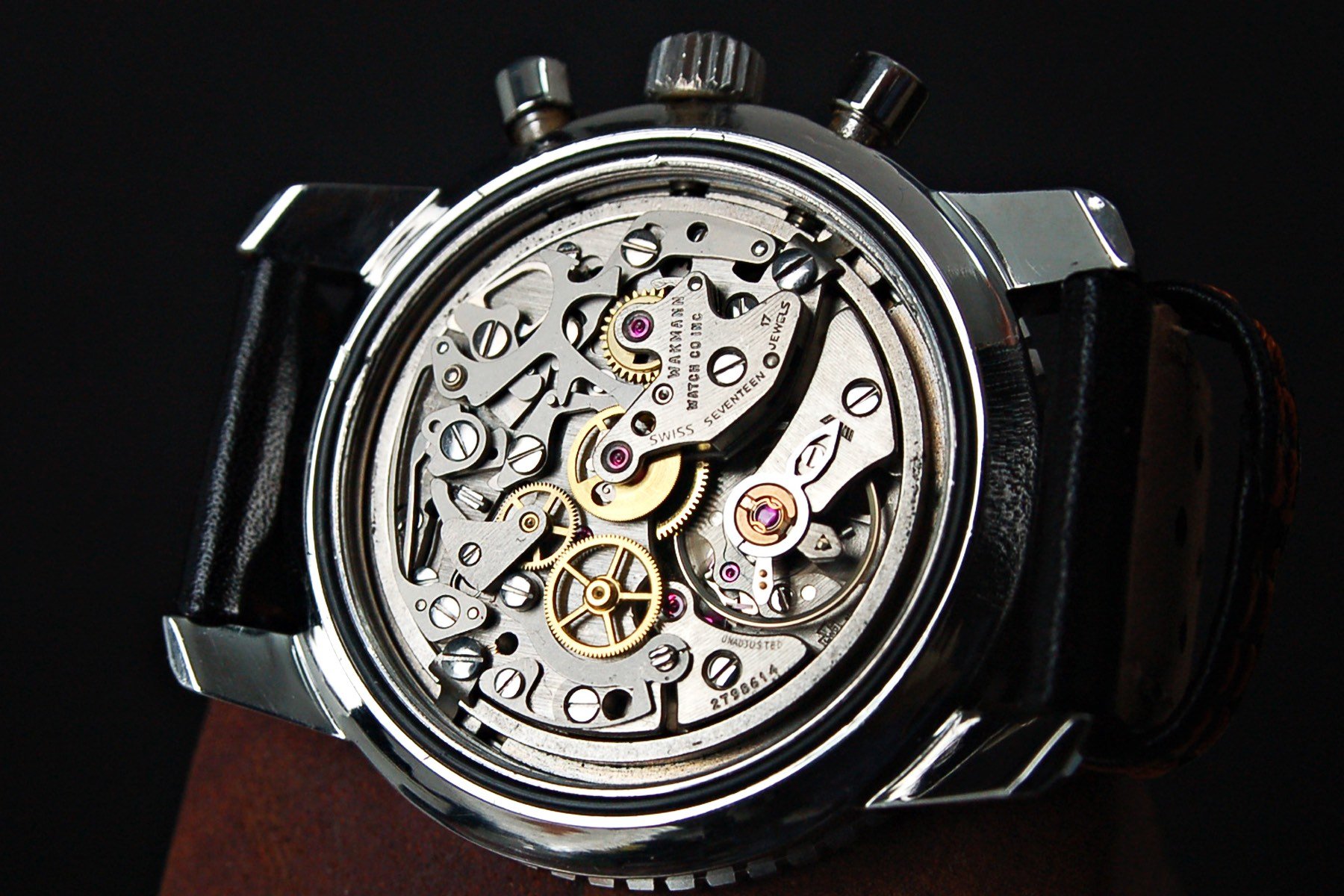
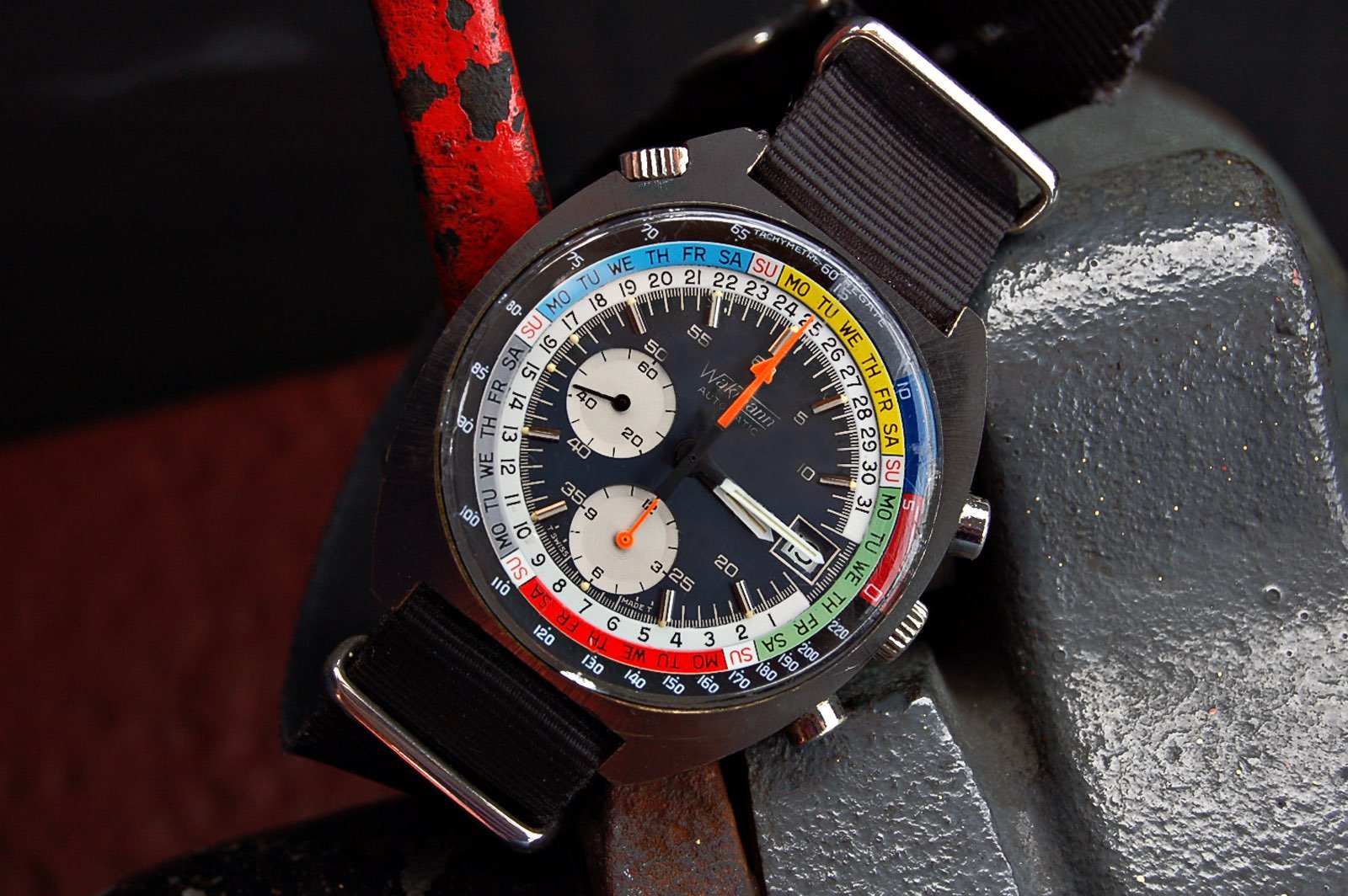
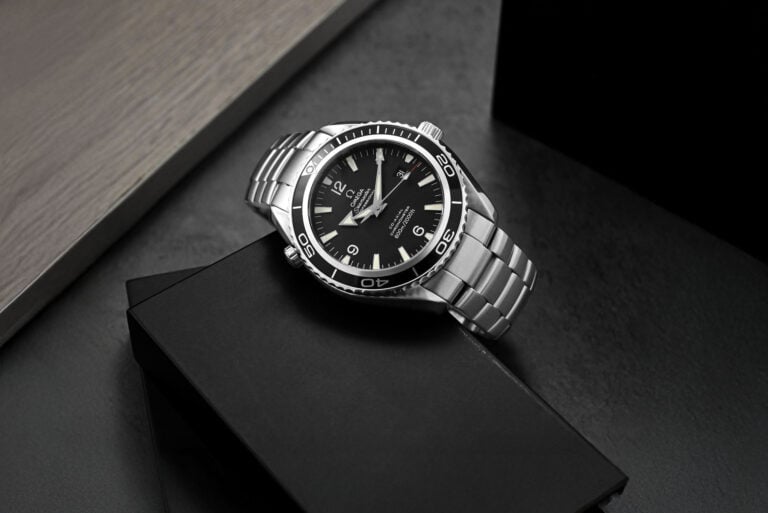
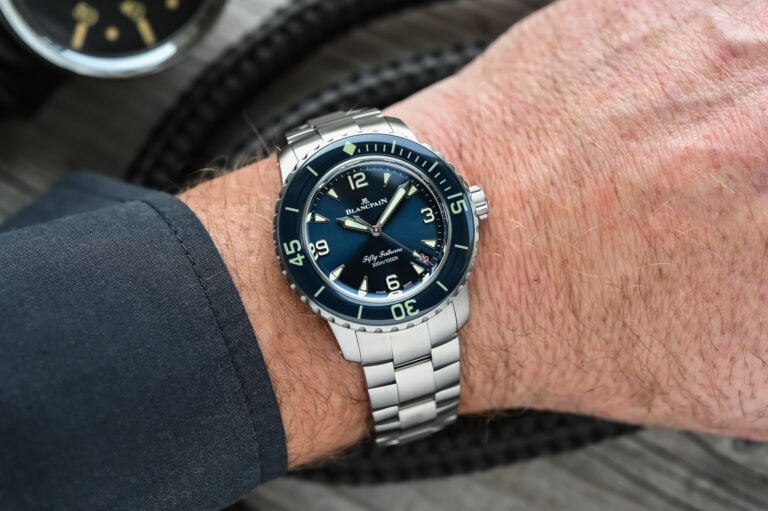
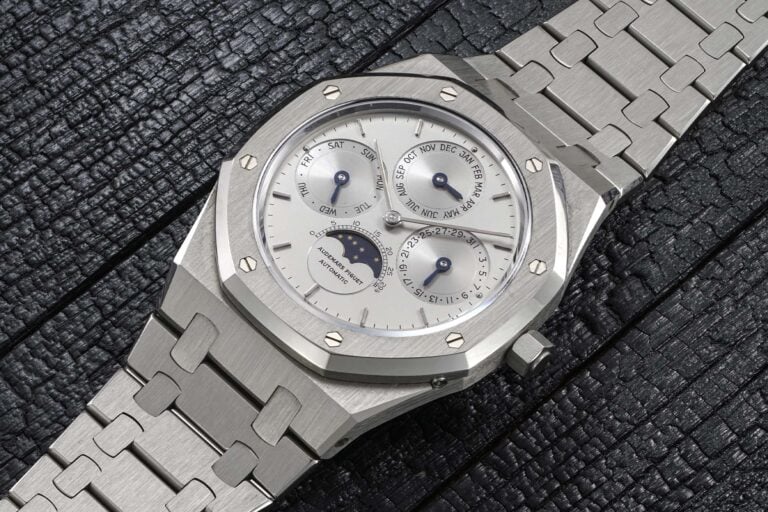
15 responses
Very interesting article about WAKMANN Watch Company! Thanks for sharing.
I would like to see one.
Another company I knew nothing about keep educating us. Wartime aside it just shows nothing changes with American protectionism. Seems that they have not figured out that if you want to make Americans buy American product you have to make things that their own people want.
Sure @Stitch 7 and @Phil an interesting company… I understand Phil but by 1943 there were no US companies producing civilian watches because they had been ordered to make products for the military only, leaving 100% to imports… that needed re balancing. If anyone has any questions regarding vintage feel free to contact me in this comment section or via mono email… cheers Al
Just recently got a Breitling from my Mom that belonged to her Father and found Wakmann engraved on the movement which led me to this article and personally I think it’s fascinating. Very cool to slowly learn more about a watch with family history behind it!
The idea that there were no domestic companies producing watches for civilian use in the 1940’s is incorrect. Bulova is the best example, the largest watch company in the world, producing civilian and military models from 1941 right through the war. They used Swiss and USA made movements. By around 1940, Bulova was manufacturing completely US made watches, in addition to their own ebauches from their factory in Switzerland, which were completed in the US using US made parts.
I’ve been collecting watches for many years, mostly vintage. However, articles like this have made me focus on WAKMANN. To date I now have 8 pieces that intrigued me to open and inspect, which substantiates what I read above.
This is just my opinion as a collector, but time piece companies that have changed ownership over many a decade seem to have a steep history that makes them more>> in demand.
Am 96. 1958 entered Ad Specialty Industry, Bought Atlanta Novelty, 1961. Still in operation byMy Daughter. I have a Wakmann, 17 Jewel, Swiss, Automatic-Self Winding, Incabloc, Stainless back,
Gold, Last night, retrieved and Grandson said it’s ticking and the Second Hand is moving.
I know I got the Wakmann from a Salesman with a “Line” of watches. Amazing to find a watch
unused maybe 50 Years and it runs. It did stop during the night as it had no movement.
Going to get a band and wear it proudly with hope it works. My Grandson who heard it ticking really wants it. A HAPPY TOAST TO MR. WAKMANN, Marc Morris
My mother gave me my grandfathers watch when he passed. It’s a Wakmann 17 jewel incabloc, gold, chronograph, the back is stainless steel, antimagnetic, with the number 449067. The significantly unusual thing is it says FRANCE where others say Swiss or Swiss Made. Can someone help me dating this or giving me a history lesson? My grandfather was in Patton’s army so he may have got it in Europe perhaps?
When we were both 15, my best friend got a Seiko “Helmet/ Darth Vader” Automatic Chronograph as s birthday gift from his dad. He was very blase about it. Me? I practically needed a cold shower. So I ask my parents if they’d buy me one for my next birthday. “We’ll see,” they said. So my 16th birthday comes…and my gift was a wrapped watch case-sized box. I tore through it like piranhas on a swimming goat. And when I saw the box, I was crestfallen. It wasn’t a Seiko. Wasn’t even a watch I ever heard of. A basic Wakmann Chronograph? WTH!! (Valjoux 7733 Manual 37mm). Parents told me they bought it on the budget floor of a Marshall Fields. I feigned my appreciation, but felt SO let down. In any event, made the best of it even though I felt almost embarrassed to wear it. But it became my watch, and I wore it well for several years…until I bought myself a Speedmaster at age 17 as I had good job at the time, (watch was $350 back then!). My Wakmann got little attention after that and some abuse I’d have to say; as it became my back up used for working out or any robust/hazardous activity that wasn’t good for any kind of watch. Still have the Wakmann today scuffs and all. Has a broken winding stem, but all in all it’s still in decent condition. Then I learn about Wakmann’s Breitling pedigree! Holy S#@! And all the abuse I gave it. Now it gets babied. I’m looking to getting it overhauled soon. Will never part with it now, that’s for sure.
11/7/2020 I wrote a note that I had a WAKMANN and proud. Was going to get a band.
Procrastinated and Today, I’m 97, 9 months. Daughter took a Quartz Watchfor a battery. She showed the Wakmann. He wound it and for 13 hours has kept Perfect Time. 1968, I needed a A Quality Watch for Players for the First Annual Peach Bowl Football Game in Atlanta. The Organizers were close Friends. Our Building in downtown Atlanta had an Outstanding Wholesale Jeweler and He told Me about Wakmann whose Salesman then called on Me. I bought a Wakmann dial shows Super Automatic, Incablock, 17 Jewels, Super Automatic and has a Calendar Window. (Date needs Updating).
Back: Automatic Self Winding, Stainless Steel Back, Swiss Made, Dust and Water Resistance Tested.
Does this, because of “Swiss” and the late 1960s, indicate that the parts are actually
by Breitling?
The Back has never been taken off since I bought it New. Does NOT have a “Band,” the
“Crystal” has some tiny scratch marks. UNBELIEVABLE that it is running perfectly
after about 55 Years. The Technician said “All it needs is winding, even though it is
‘Super Automatic’.” Isn’t that amazing
So who is controlling and running the company now? It seems like that company has moved to Overseas (Asia) or someone is just cashing in on the name.
My grandfather and great grandfather assembled these watches in NYC in the 1960’s. I still have some tools, pieces and a few watches. Great to get more info
Who revived the brand in the 2000s? What did they cost then? Were they cheapened on did they retail for thousands? There is a black/steel Big Boy for sale presently. Am I correct that it is a remake? It looks 2000s, not 1960s. Best regards
I have what I think is an unusual Wakmann aircraft clock. Part No: w-33-7510-6
The six may actually be () as the data label is slightly damaged.
The serial number is hand painted and is No:322
There is a, stencilled date of Feb 14 1958 on the back also.
The other unusual thing about this particular clock is that the winder is top right not bottom left.
I hope you can cast some light on this.🤞
I just picked up a totally prestige NOS Wakmann “Superautomatic” day-date diver with an awesome blue dial, red second hand, rotating bezel, killer strap! It was from an old watch retailer in WA state, I would it a few times, shake of the wrist, and it’s keeping excellent time so far! Not bad for sitting in a box for 50 years!